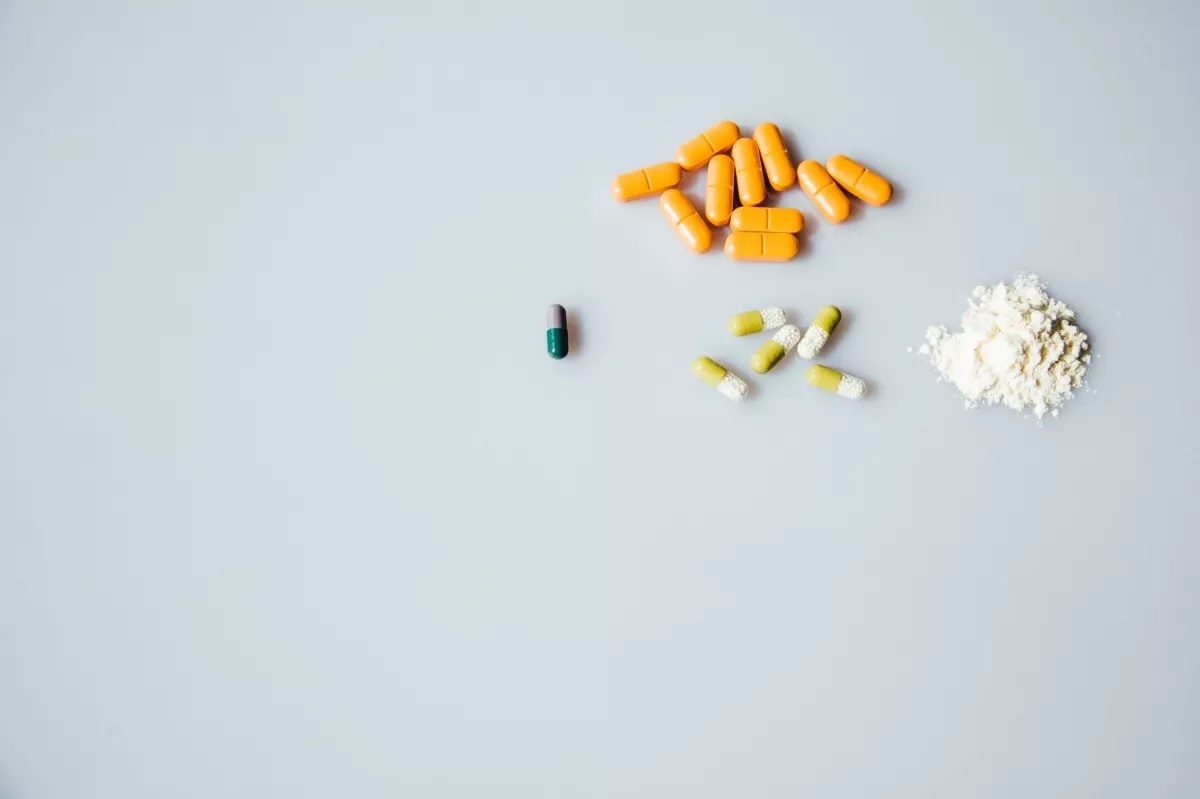Stimulants are a class of drugs that act on the central nervous system to speed up the normal activities of the brain, effectively causing people to feel more energetic and alert. They also produce an overabundance of dopamine, the pleasure-inducing chemical in the brain.
When used in a moderated and legal way, such as caffeine in coffee, stimulants can have a truly positive effect. Stimulants are also widely prescribed to treat ADHD and sometimes narcolepsy. However, when abused, stimulants can have dangerous side effects.
What Drugs are Stimulants?
So what is a stimulant? The most common examples of stimulants include:
- Adderall
- Ritalin
- Dexedrine
- Preludin
- Fastin
- Meridia
- Methamphetamine
- Cocaine
- Methcathinone
What Do Stimulants Do?
Stimulants increase dopamine in the brain. This can have varying effects, which include:
- Improved concentration
- Decreased fatigue
- Intense exhilaration
- Lowered appetite
Simulants are misused when people take illegal substances - “street drugs” - which include cocaine and meth (also known as ice). A person can also misuse prescription stimulants which means any usage of a prescription stimulant that does not correspond with the prescribed method (such as smoking or snorting it). This also includes taking one's own prescription in excess and using the drug without a prescription such as intentionally using someone else's medication. Stimulant drug abuse affects a minor but significant proportion of the population. A 2018 medical study found that 5 million adults were abusing prescription stimulants.
Each stimulant's effects last for a different length of time, depending on their half-life. For more information read our resources including how long crystal meth stays in the system.
Side Effects of Stimulant Drugs
As the name suggests, stimulants make a person more:
- Stimulated
- Alert
- Awake
When the drug delivers its desired effects on the user, it can cause the individual to have increased:
- Energy
- Productivity
- Concentration
- Endurance
- This, in turn, leads to increased confidence,, motivation, and feelings of euphoria.
Some individuals will be attracted to these perceived advantages and unlawfully use stimulants. Every so often, it makes the news that athletes have been found guilty of taking stimulants [2] to boost their sporting performance. College students may also abuse stimulants to improve their academic achievement. For example, they might be tempted by the added energy the drug gives them to stay up late and work on assignments.
An additional byproduct of stimulants is that they decrease a person’s appetite. Thus individuals who suffer from eating disorders such as anorexia may also abuse stimulant drugs for their appetite-suppressing effects.
The Unwanted Side Effects
As with all substance abuse, the short-term gain comes with adverse side effects, which are exacerbated with higher and repeated doses.
An imbalance of dopamine in the body can lead to unwanted results and health issues, which include:
- Increased heart rate
- Heightened blood pressure
- Heated body temperature
- Hyperactivity (leading to difficulty sleeping)
- Muscle spasms
- Anxiety
- Agitation
- Paranoia
Long-term abuse of stimulants can result in addiction and cause more severe complexities, including:
- Heart attack
- Strokes
- Psychosis
- Convulsions
Addiction to Stimulants
Users of stimulants may take them alone or in combination with alcohol. In the book A Parent's Guide to Prescription Stimulants [3], the author explains, "It is common for people to abuse alcohol if they already abuse stimulants. Because stimulants are uppers and keep people awake, abusers sometimes drink alcohol (a downer) or take another prescription like Xanax (a sedative) to help them sleep.” Users seek to counteract and neutralize the negative effects of the stimulant by taking other substances that create the opposite side effects.
The danger is that while stimulant addiction is harmful enough, the user can also develop a dangerous alcohol addiction alongside it. Both substances create a reliance where the user becomes “caught in a bad cycle of needing the stimulant to function and needing the sedative/depressant to calm down and sleep.” This increased dependence ultimately results in addiction. A person becomes so used to taking stimulants to assist them with the challenges of life that eventually, they see the stimulants as “necessary to function and handle the normal demands on their lives.”
In addition, when a person’s body grows accustomed to a drug, they develop a tolerance to it and feel a diminishing effect with each dose. They then find themselves needing to take higher and higher doses to compensate for this and get the “hit” they’re looking for.
What Does Treatment for Stimulant Addiction Look Like?
The Diagnostic and Statistical Manual of Mental Disorders (DSM-5) sets out 11 criteria [4] that can arise from substance misuse. Substance use disorder exists on a spectrum of severity, and one of the first things an addiction specialist will do is work out where the user is on the spectrum.
● Two to three signs indicate a mild substance use disorder.
● Four or five signs indicate a moderate substance use disorder.
● Six or more symptoms indicate a severe substance use disorder.
The United Nations Office on Drugs and Crime [5] explains that “When people with chronic stimulant use stop their usage abruptly, they may experience symptoms of withdrawal, including
- Severe fatigue
- Sleepiness
- Depressed mood
- Possible suicidal thoughts
- Occasionally an increased appetite
This may be followed by less severe symptoms, lasting an additional 1-3 weeks which could include:
- Low energy
- Decreased motivation
- Anxiety
- Drug craving
- Depressed mood
- Difficulty with concentration
- Sensitivity to touch
- Disrupted sleep with periods of sleeplessness or sleepiness
- Lucid dreams
How to Stop Stimulant Addiction

It is highly advised that a user joins a residential treatment program dependent on their level of addiction, where they can make their journey to recovery under the guidance and supervision of experienced professionals. Don’t attempt to stop cold turkey on your own (not least because this is often unsuccessful). Withdrawal from a drug that is so much part of one’s routine can undoubtedly be challenging, but the right setting, such as Avenues' drug detox center, will help ensure that this process is as smooth as possible for you. The ultimate goal is to know which substance is considered a stimulant, prevent misuse from occurring in the future and reduce the harms associated with misuse. In short, to recover at a suitable pace and in a safe way.
If you are suffering from addiction to stimulants or have a loved one who might be, don’t hesitate to contact Avenues Recovery today. As industry leaders in addiction rehabilitation, we can support you through to sobriety. Contact us and let one of our trained professionals talk you through the best course of action for recovery so that you can take hold of your life once more and promise yourself a better future.
Sources
[3] www.perlego.com
[5] www.unodc.org



